Stanley Kubrick’s 10 best films ranked: From A Clockwork Orange to The Shining
By Kubrick’s own count, the first exhibitors’ screening of ‘2001’ yielded 241 walkouts, yet he is now viewed as one of the most innovative filmmakers of all time. Louis Chilton reflects on his work

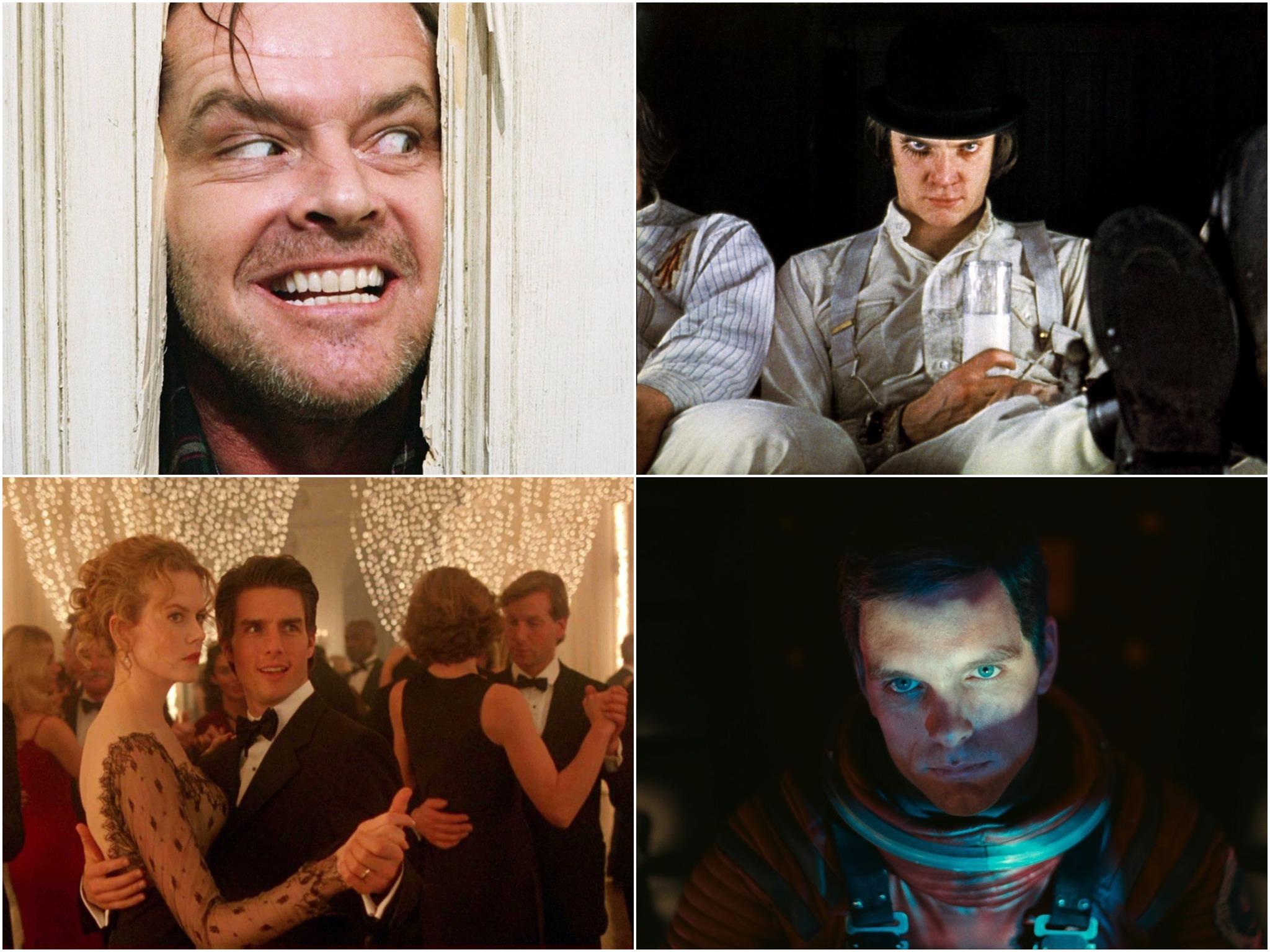
Stanley Kubrick changed the face of cinema over his 48-year career.
Renowned for his subversive and taboo-breaking subject matter, the director’s extraordinary filmography includes such seminal works as 2001: A Space Odyssey, The Shining, Full Metal Jacket and Dr Strangelove.
A reclusive and often controversial figure, Kubrick started out as a photographer before transitioning to filmmaking, where his technical innovations and visionary movies made him an icon.
He served as his own editor, cinematographer and screenwriter for most of his films, developing a reputation for perfectionism and meticulous research.
Many of his challenging masterpieces did not receive their due praise upon initial release; some, in fact, were eviscerated by critics. By Kubrick’s own count, the first exhibitors’ screening of 2001 yielded 241 walkouts.
Kubrick remains one of the most beloved and influential filmmakers of all time. Here are his 10 best films, ranked.
10. The Killing (1956)
Filmed when Kubrick was just 27 years old, The Killing is a clever and visually deft heist noir starring Sterling Hayden. Because of union regulations, Kubrick had to hire a separate cinematographer for the film, and the Oscar-winning Lucien Ballard was chosen. The pair clashed on set. Yet, even this early in his career, Kubrick proved tough and refused to compromise on the lenses being used or shot selection. The Killing never quite hits the heights of Kubrick’s later films, but it was major influence on many modern heist movies, including Quentin Tarantino’s Reservoir Dogs. Its memorable racetrack set-piece was echoed in 2017’s Logan Lucky.
9. Lolita (1962)
The film which birthed Kubrick’s enduring reputation for controversy, Lolita – an adaptation of Vladimir Nabokov’s equally scandalous novel written from the perspective of a child sexual predator – proved a tricky sell for distributors. Lolita is often seen as Kubrick’s first mature feature, and its uncomfortable premise has lost none of its edge when viewed today. James Mason is wonderfully creepy as Humbert Humbert, the academic who lusts after the teenaged Dolores Haze (Sue Lyon), but it is Peter Sellars who steals the show here, in a brilliant multi-faceted comic performance which anticipated his roles in Dr Strangelove.
8. Paths of Glory (1957)
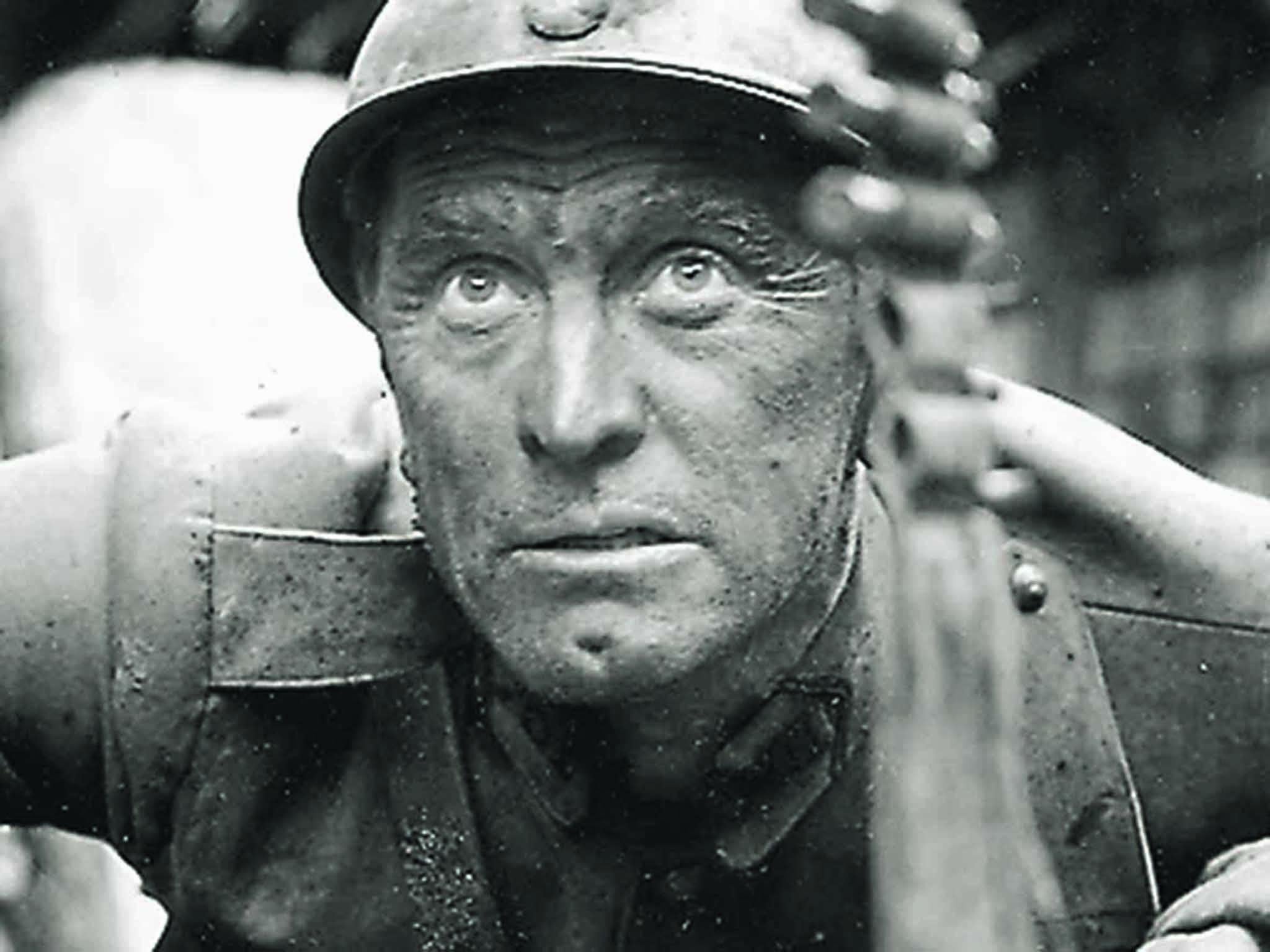
While Kubrick’s first run at an anti-war feature would later be overshadowed by Full Metal Jacket, Paths of Glory is still an extremely effective portrayal of bureaucracy and injustice in the First World War. Kubrick began to refine his distinctive visual style while filming, having the camera follow Kirk Douglas’s Colonel Dax around the trenches. His use of the battlefield tracking shot positions it as a distant ancestor to Saving Private Ryan.
7. A Clockwork Orange (1971)
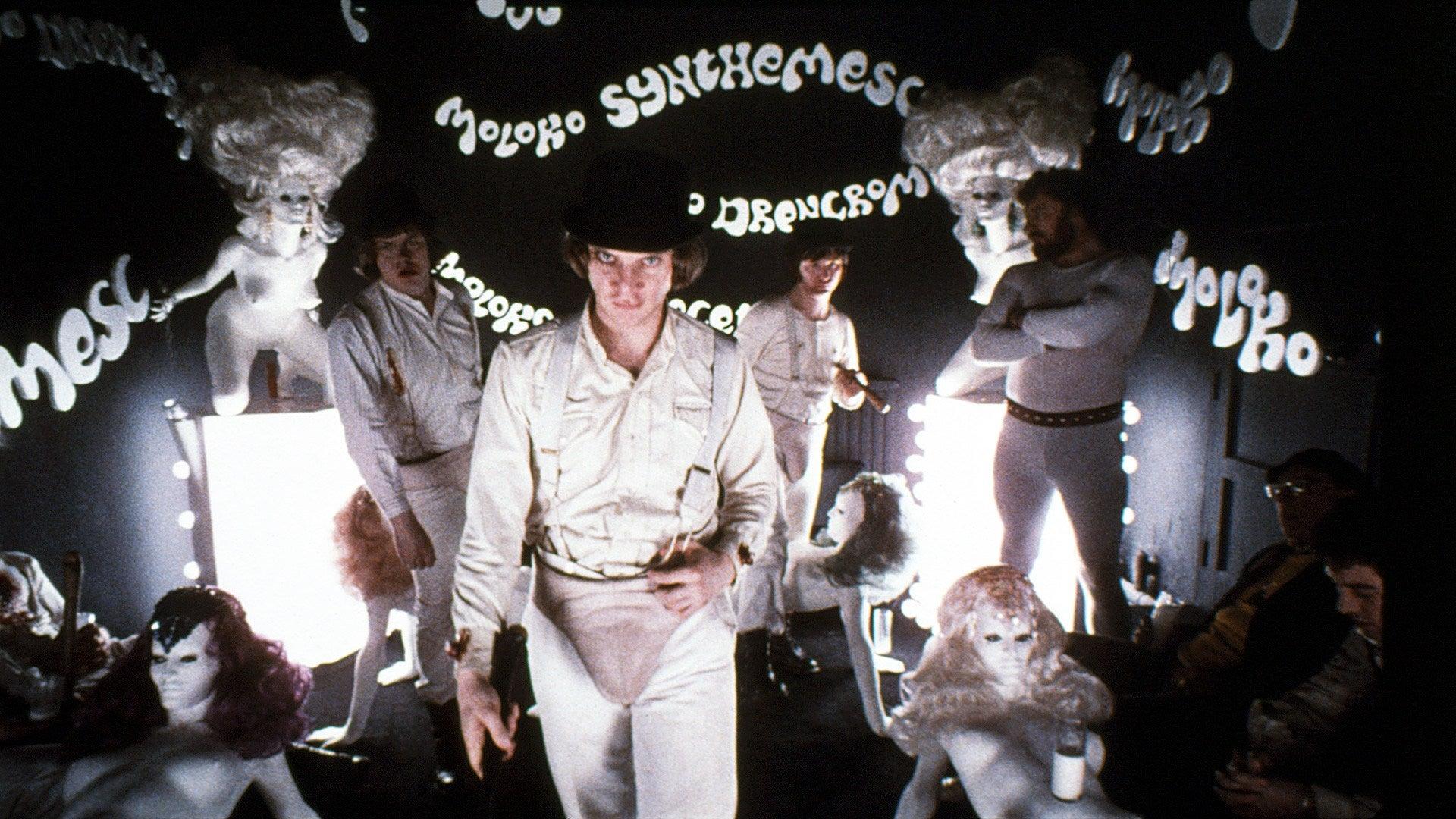
Adapted from Anthony Burgess’s supposedly unadaptable novel, A Clockwork Orange was made by Kubrick at the height of his powers. Its many great qualities – innovative use of classical music, idiosyncratic production design and moral complexity – were ultimately eclipsed by its horrifying sexual violence. The film was initially a financial success – until reports of copycat violence were published by the media, leading to the director pulling the film from British cinemas partway through its run.

Watch Apple TV+ free for 7 day
New subscribers only. £9.99/mo. after free trial. Plan auto-renews until cancelled.
ADVERTISEMENT. If you sign up to this service we will earn commission. This revenue helps to fund journalism across The Independent.

Watch Apple TV+ free for 7 day
New subscribers only. £9.99/mo. after free trial. Plan auto-renews until cancelled.
ADVERTISEMENT. If you sign up to this service we will earn commission. This revenue helps to fund journalism across The Independent.
6. Barry Lyndon (1975)
Barry Lyndon is a superlative feat of filmmaking craft and is considered by many Kubrick purists to be the director’s finest feature. Charting the rise and fall of an Irish social climber and fortunate duellist (Ryan O’Neal), Kubrick’s foray into the world of period dramas was not a convincing commercial success, and its nearly three-hour runtime can be off-putting for casual viewers. Barry Lyndon does, however, look spectacular. Kubrick developed specialised camera technology to film by candlelight, and many of the shots were composed to look like classical paintings.
5. Full Metal Jacket (1987)

Kubrick’s shocking take on the Vietnam war arrived in the wake of several other classic Vietnam movies (Apocalypse Now; Platoon; The Deer Hunter) but found its own place in the public imagination thanks to its unusual diptych structure. Most of the film’s famous imagery comes from the first half, set in an American training camp. Full Metal Jacket’s second half, a descent into the hell of the Vietnamese warzone, is slick and appropriately harrowing but never quite fulfils the promise of the beginning. Kubrick showed his usual flair for casting when he chose former marine R Lee Ermey to play an abusive drill sergeant.
4. Eyes Wide Shut (1999)
Eyes Wide Shut, a sexual odyssey starring Tom Cruise and Nicole Kidman, was Kubrick’s final film. Set against a dream-like Christmas backdrop, Eyes Wide Shut steers Cruise’s upper-crust doctor through a hazy mess of conspiracies and perversions, leading to a masked orgy in a private mansion; the most resounding and talked-about sequence in the film.
Eyes Wide Shut had an incredible 14-month shoot. Kubrick managed to complete the editing and witnessed the first (enthusiastic) responses to the film shortly before his death. Despite the prurience of its premise, Eyes Wide Shut ranks among the director’s best for its thematic nuance and dense, unsettling ambience.
3. Dr Strangelove or: How I Learned to Stop Worrying and Love the Bomb (1964)
After originally optioning Cold War novel Red Alert for adaptation as a political drama, Kubrick found the subject matter perversely suited for black comedy. Peter Sellars gives three stellar performances (as US president Merkin Muffley, toadying officer Group Captain Mandrake, and the deranged ex-Nazi scientist Dr Strangelove) and Strangelove’s stream of quotable lines helps make it one of the most iconic satires of all time. Some of the behind-the-scenes stories have become notorious in their own right – such as Kubrick insisting on a bright green casino-style table-top for the film, which is shot entirely in black-and-white.
2. The Shining (1980)
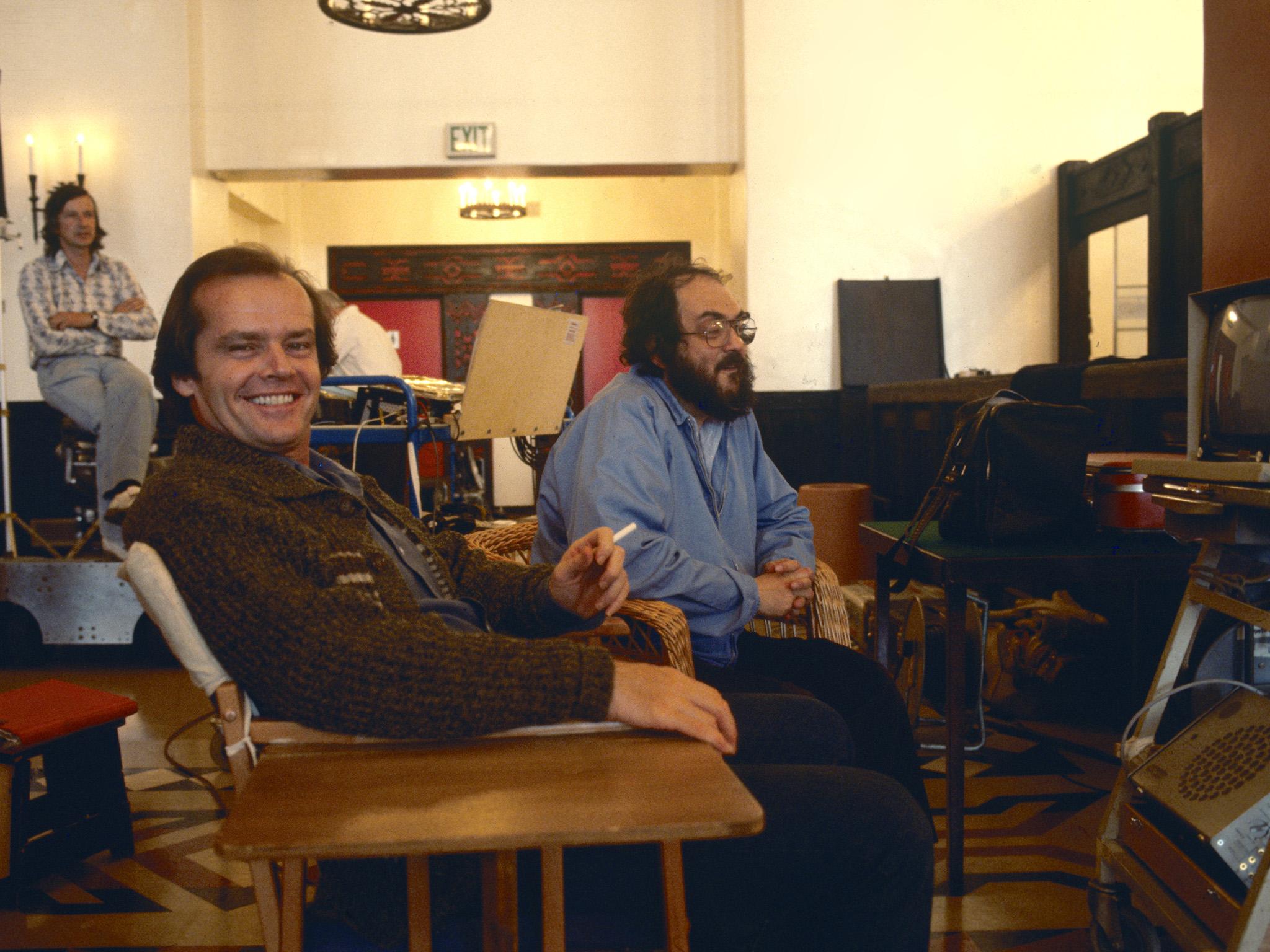
The Shining was met with mixed reviews and scorn from Stephen King (on whose novel it is based) when it was released, but in the years since, Kubrick’s adaptation has been recognised as a classic of the horror genre. The director was famously cruel in his treatment of Shelley Duvall (who played the terrified wife of Jack Nicholson’s homicidal patriarch), with one scene requiring a staggering 127 takes. In Kubrick’s mind, the treatment was simply a means to an end; he once told Duvall that “nothing great was ever accomplished without suffering”. The Shining is a labyrinth of suffering, on-screen and off, but its greatness is plain to see.
1. 2001: A Space Odyssey (1968)
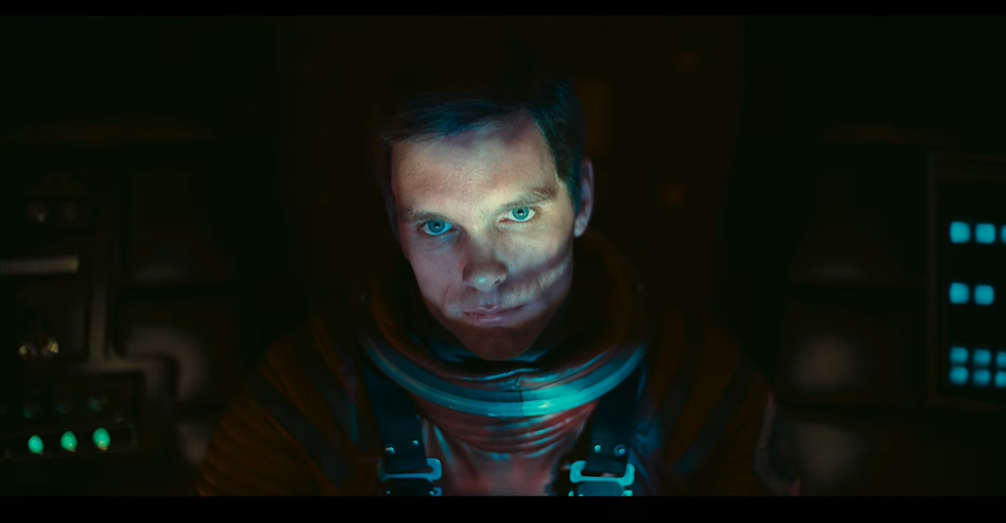
None of the Kubrick’s other films can quite match the the influence, ambition or visionary inspiration of his 1968 sci-fi opus. A transcendent epic that charts the evolution of humanity from prehistoric apes through to our unknowable interstellar future, 2001: A Space Odyssey redrew the limits of what science fiction could achieve. Co-writing the script with sci-fi legend Arthur C Clarke, the director employed revolutionary practical effects to depict the future of space travel, balletically juxtaposing images of moving spacecrafts with classical music. Kubrick’s reputation as a cold, mechanical director stems in large part from this film, but 2001 understands that humanity and technology are two sides of the same evolutional coin.
Join our commenting forum
Join thought-provoking conversations, follow other Independent readers and see their replies
Comments



Bookmark popover
Removed from bookmarks